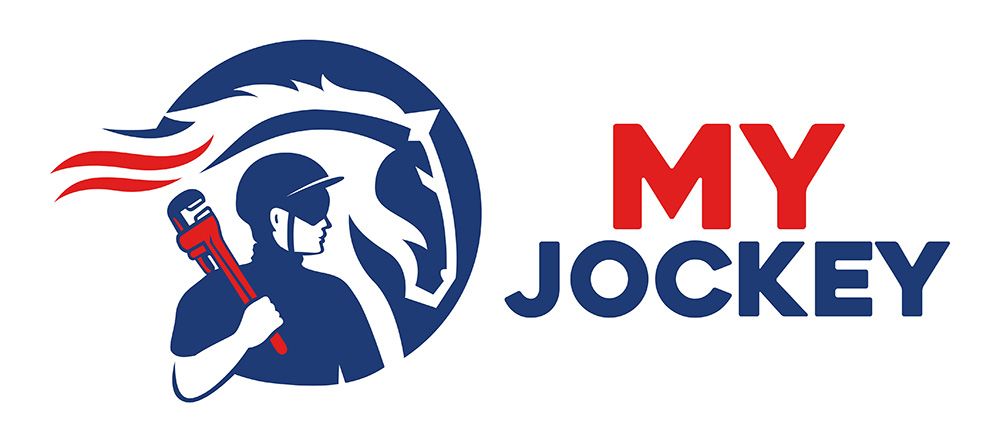
We’ve all been there. Just as the chill begins to creep in from the outside, hoping to find a warm haven indoors, we are faced with the frustration of a furnace blowing cold air. This unexpected hiccup can turn a cozy winter evening into a heap of inconvenience. While a furnace acting up is not something we plan for, understanding why it might be happening can be a game-changer in addressing the issue swiftly.
Ensuring comfort and efficiency during those cold months hinges on tackling furnace problems head-on. Ignoring the signs could lead to a tired furnace struggling to keep up with its promise of warmth. Quick action not only brings back cozy comfort but can also prevent minor issues from becoming costly repairs. Let’s explore some common culprits behind a furnace spewing cold air and how to get it back to doing what it does best – keeping you toasty and snug.
Why Is My Furnace Blowing Cold Air?
Furnaces are tricky friends; they work tirelessly to keep our homes warm and inviting. But now and then, they hit a snag and start blowing cold air. Here’s a look at some typical reasons why this might happen, and what they mean for your home’s heating.
Common Causes of a Furnace Blowing Cold Air
Faulty Thermostat Settings
The thermostat is like a captain steering the ship—if it loses its course, trouble is bound to follow. Sometimes, a simple misstep in thermostat settings can lead the furnace astray, making it blow cold instead of warm air. There are instances where the thermostat might be set to “on” rather than “auto,” causing the blower to circulate cool air even when the furnace isn’t heating.
To correct this:
– Set the thermostat to “auto” mode to ensure it only runs when heating.
– Double-check the temperature settings to make sure they’re programmed as desired.
– If there’s a programmable thermostat, make sure any schedules align with your lifestyle and temperature needs.
If adjustments don’t bring the warmth back, the thermostat itself might need more attention or perhaps a replacement.
Pilot Light or Ignition Problems
Pilot light, the small but mighty flame, plays a vital role in heating up your home. If it goes out, the furnace can’t heat the air, and hence cold air will blow instead. In newer furnaces, the issue might be more with an electric ignition system rather than a traditional pilot light.
Here’s what you can do:
– Check if the pilot light is out. If it is, follow the manufacturer’s manual to reignite it safely.
– For electronic ignitions, ensure power is reaching the unit and that there aren’t any error indicators on the display.
– If the ignition system seems to be the problem and resets aren’t doing the job, expert help is the safest route.
Addressing these fundamental triggers can mean the difference between needing a cozy blanket and basking in warm air delivered by your furnace. It keeps things simple and ensures you and your furnace remain on good terms.
Clogged Air Filter
Air filters are often the unsung heroes of your furnace. They trap dust and debris, ensuring the air blowing into your home is clean. When these filters get clogged, not only can airflow be restricted, causing the furnace to blow cold air, but it can also lead to overheating, and in some cases, the furnace turns off to prevent damage. Regularly checking and replacing them is key to keeping everything running smoothly.
– First, locate your furnace filter; it’s typically found in the return air duct or the blower compartment.
– Hold the filter up to the light. Minimal light passing through means it’s time for a replacement.
– Opt for a new filter that matches the size and type specified by the furnace manufacturer. Ideally, replace the filter every one to three months depending on usage and indoor air quality needs.
Not replacing a dirty filter might seem minor, but it contributes significantly to your furnace’s efficiency.
Power Issues
Power hiccups can sometimes be the culprit behind a malfunctioning furnace. This can manifest in circuit breakers tripping or bad wiring affecting the furnace’s operation. Simple checks can save you a heap of trouble and keep the warmth flowing.
– Ensure the furnace switch is in the “on” position—furnaces often have a designated switch resembling a light switch.
– Check your home’s electrical panel for tripped breakers. Reset any that affect the furnace, but if a breaker trips repeatedly, this signals a larger issue.
– Make sure the furnace’s power cord is securely plugged in. Frayed cords may present a safety hazard and should be regarded with care.
These straightforward checks confirm your furnace has the necessary power to perform effectively, reducing disruptions in your heating flow.
Solutions to Fix a Furnace Blowing Cold Air
Addressing a furnace blowing cold air might seem like a job for a home-repair enthusiast, but enlisting a professional is often the best bet for restoring warmth efficiently and safely.
A few quick checks can set you on the right path, but keep in mind:
– Basic troubleshooting might involve resetting the system or ensuring that everything is connected properly. Always verify thermostat settings, check for a pilot ignition, and ensure power is on.
– If you notice continuous cold air or suspect internal issues like motor complications or electronic customization, seeking expert assessment is ideal to prevent potential damages or costly repairs.
Preventative Maintenance Tips for Your Furnace
Preventative steps truly are the best measure to maintain a hiccup-free heating experience in your home. Keeping a regular maintenance schedule and understanding what professional inspections offer can save time and trouble.
– Create a maintenance routine where you inspect filters, check airflow, and ensure thermostats are accurate.
– Hire professionals for routine check-ups, especially if the furnace encounters regular use. During their visits, technicians can identify parts requiring lubrication or potential wear and tear on components.
– Look out for unusual sounds, flickers, or any signals your furnace sends. Prompt attention keeps these minor issues from turning into big, expensive problems.
Ensuring that your furnace remains in top shape guards against those unexpected cold drafts and helps you stay stress-free during those crucial winter months. Responsible maintenance translates to reliability when you need it the most.
A well-maintained heating system is your best friend when the temperatures drop. By following a consistent maintenance routine and seeking professional help when needed, you’re already on the path to a cozy, warm home. Ready to transition smoothly into the warmer months? Discover how upgrading to energy-efficient air conditioners can improve your home comfort and lower energy use. My Jockey is here to provide dependable HVAC solutions that keep your home comfortable all year long.

No comment yet, add your voice below!